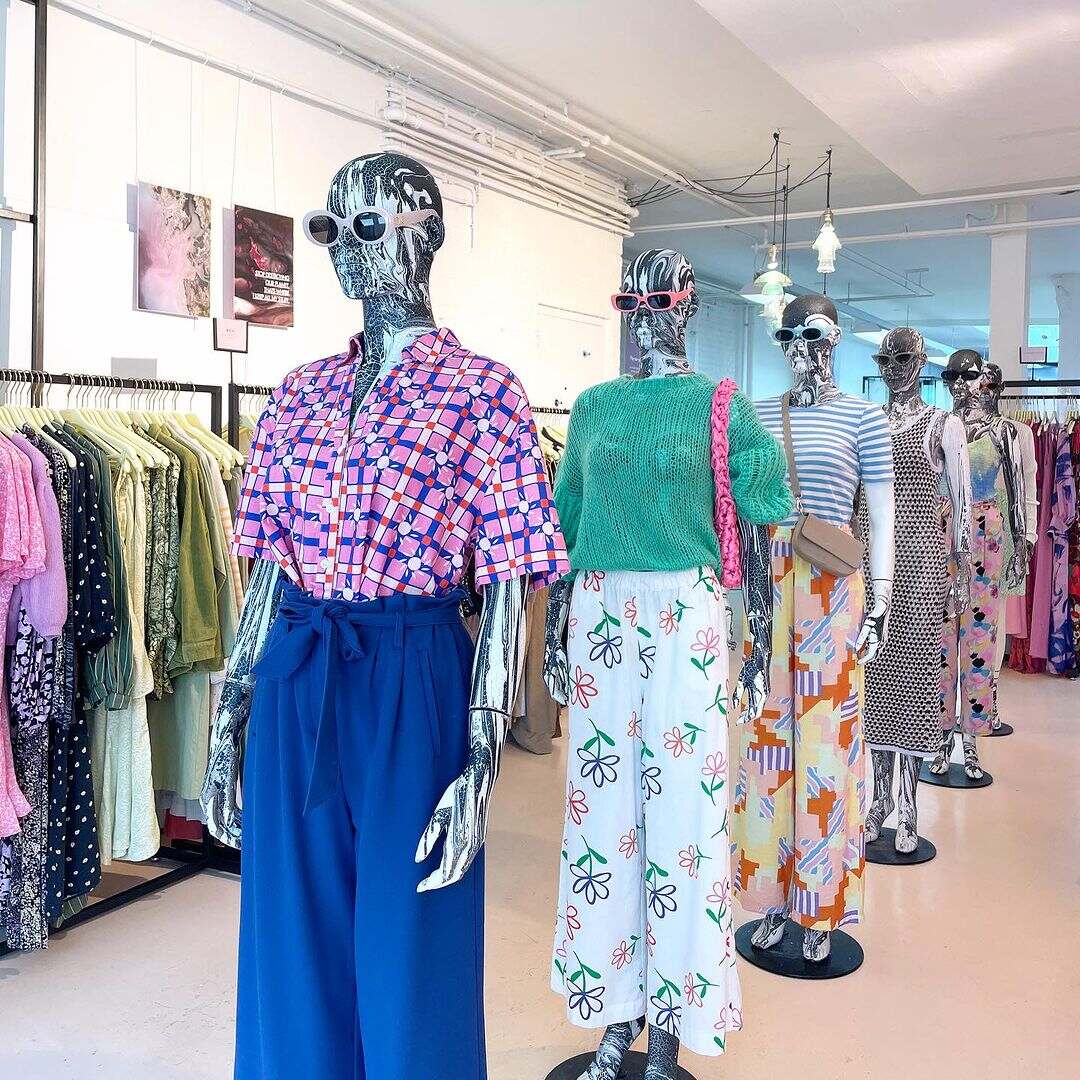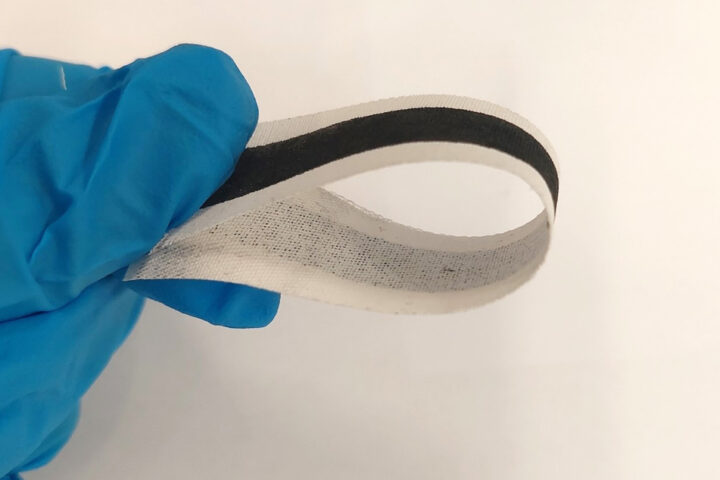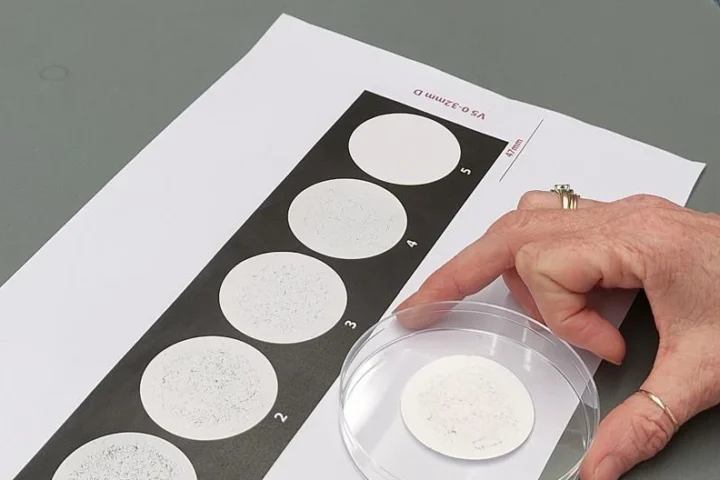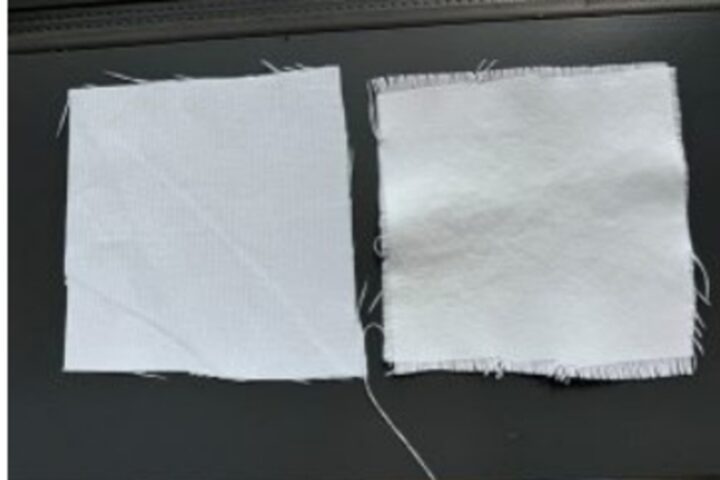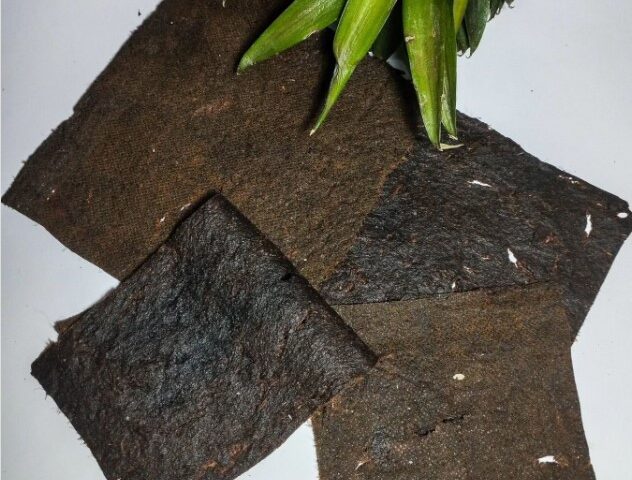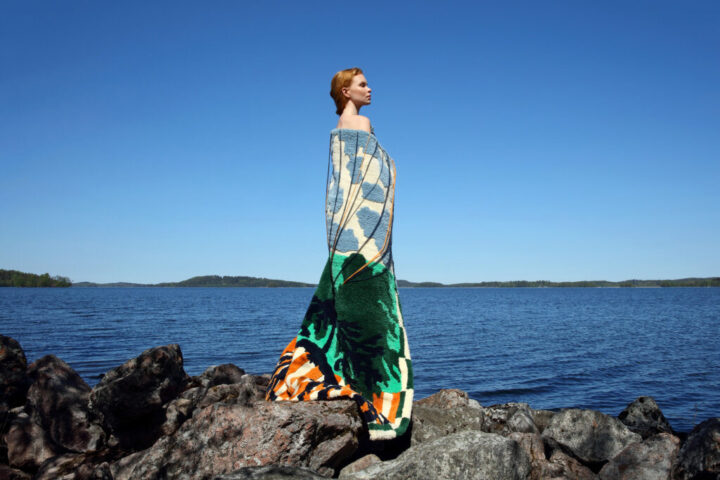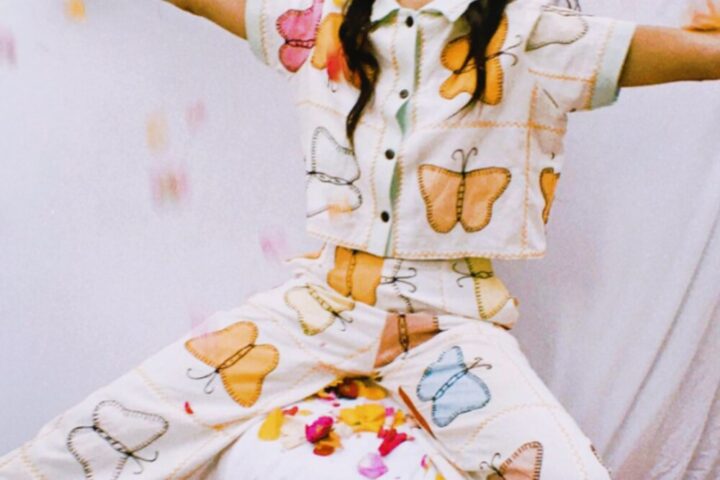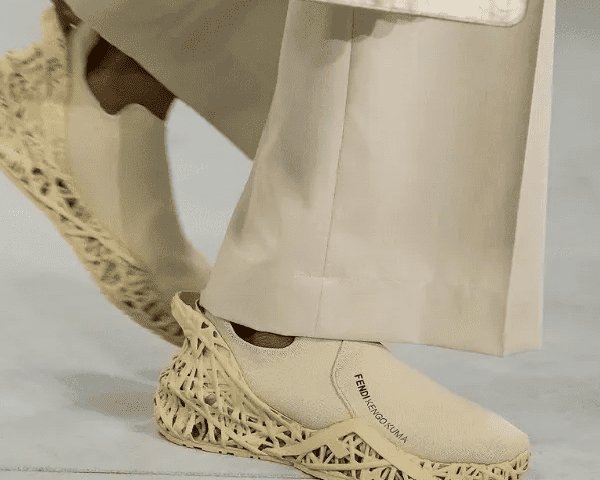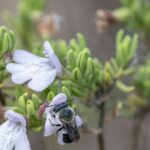Since 2014, LENA Amsterdam has become a fashion library in response to clothes waste and pollution in the fashion industry. It is known as the world’s only physical center where new and used clothing can be rented. Ikram Cikir, an NGO campaign manager, reveals, “this is an excellent way to wear new clothes without depleting the planet.


Elisa Jansen started LENA Fashion Library with her two sisters and a friend. The motivation was the fact that fashion is responsible for one-quarter of the world’s polluted waters and a third of microplastic discharges into the ocean. Since 2014, LENA has lent about 25,000 items of clothing, helping to reduce the fashion industry’s negative environmental impact. This is achieved by borrowing stylish and durable clothes instead of buying fast-fashion items, many of which end up in landfills.
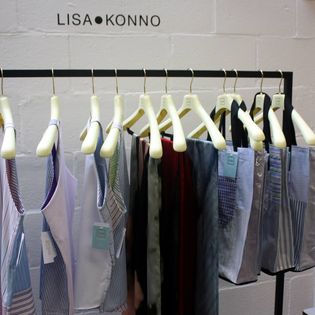
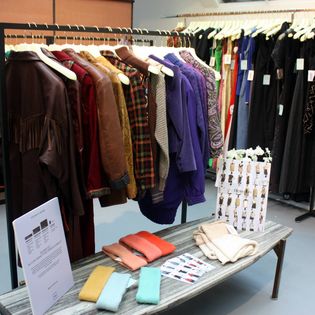
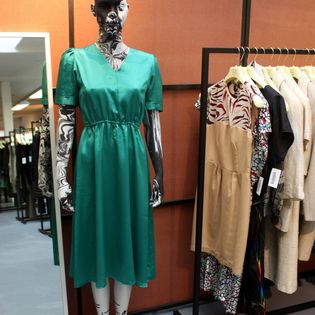
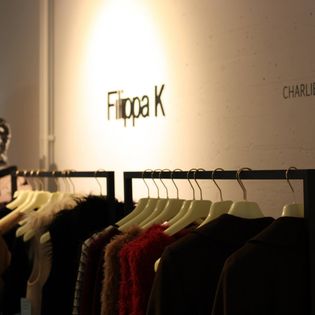
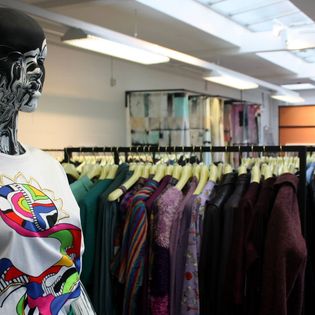
Did you know that we only wear 20% of our clothes regularly 80% of the time? According to a survey, 240 kilos of textiles still end up as waste every year. This needs to change, and LENA offers a great solution.
LENA Fashion Library’s primary objective is to create a system where products can be used as efficiently and long term as possible. The textile industry is a major polluter, causing between two and eight percent of global carbon emissions, according to the United Nations in 2022. Globally, the equivalent of a truckload of clothes is burnt or buried in landfills every second, as reported by the Ellen MacArthur Foundation, a charity focused on eliminating waste and pollution.






Hundreds of brightly colored trousers, coats, and overalls are sorted by brand or style at LENA, each with a tag indicating a sale price or how much it costs to rent the item per day. The daily rental price varies from around 50 euro cents to a couple of euros, depending on the customer’s loyalty, how often they rent clothes, and how many items are borrowed.
LENA was opened in 2014 because the fashion industry is one of the most polluting industries. It took some time to find a profitable business model. Located in a trendy area, LENA mostly attracts women aged 25-45 who want to make sustainable choices but also want pretty clothes.



India Donisi, a 35-year-old wine blogger, is the target audience. Donisi regularly rents clothes from the library for media events. However, she lives nearby and mentioned she would not cross town to borrow an outfit. Jansen hopes her initiative will inspire others. “I really believe this is the future. Our consumption can’t continue as it is,” she said. “I hope other clothing brands will even do it themselves, so you always have the option to borrow if you do not have to buy.”


“When we started out, our goal was to create a fashion library,” Smulders said. “Our focus was much smaller then.” Now, the entrepreneurs behind LENA have their sights set on changing how we consume fashion and retail by supporting other sharing initiatives. “We get a lot of requests from people worldwide who have an interest in our concept,” he added. They are working on developing software that folks can rent in order to set up a borrowing system similar to what’s been established at LENA.
Smulders and her co-founder believe personal style is very important but don’t believe in the transient, ever-changing nature of fashion these days. With LENA, the goal is to get people thinking about ownership and clothing and to embody the phrase “sharing is caring” through sustainable dressing.





